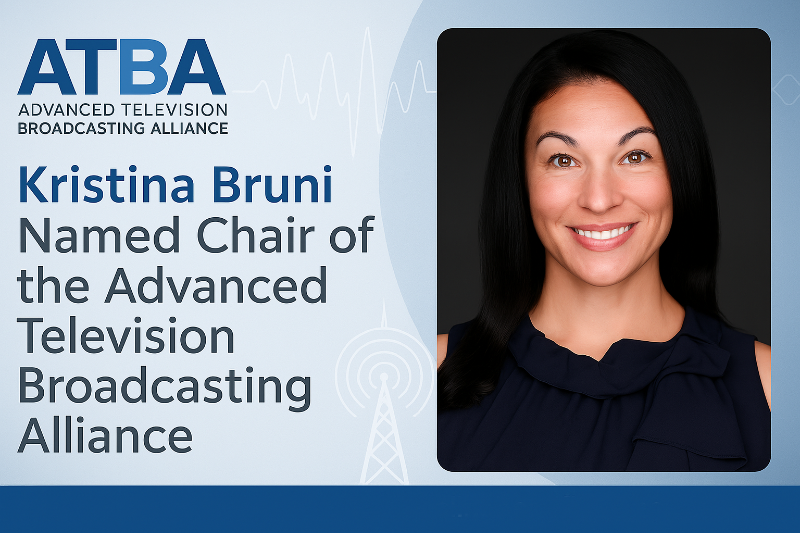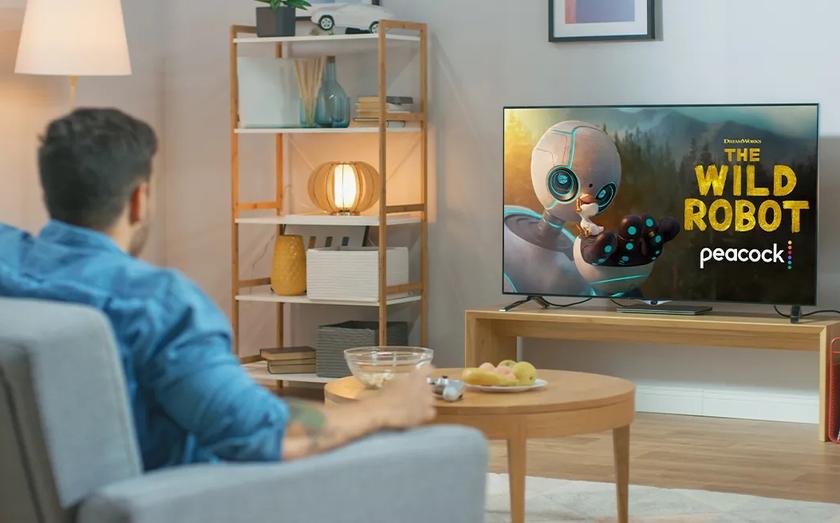Tech company consortium moves to help create white spaces database
As announced on Google’s public policy blog, a group of technology companies has come together to develop the national frequency database required in the FCC’s Second Report and Order on White Spaces, issued Nov. 4. Called the White Spaces Database Group, the cooperating companies include Comsearch, Dell, Google, HP, Microsoft, Motorola and Neustar.
The purpose of the database is to communicate with future TV band devices (TVBDs, popularly called white space devices) to avoid interference with both broadcast stations and registered wireless microphone users operating in the spectrum space from TV Channels 2-51 (through 698MHz).
The idea inherent in the FCC ruling is that TVBDs will be required to avoid frequencies occupied by broadcast and wireless mic signals. This will be accomplished through a combination of frequency-sensing capability and database consultation by TVBDs. Theoretically, the devices will contact the database upon being powered up, avoiding all frequencies registered as being in use at that time and location.
Notable in the FCC decision was a lack of structure for the proposed database system. The White Spaces Database Group hopes to address this issue by providing input to the commission. According to Google media counsel Richard Whitt, the group will be offering “specific recommendations about the technical requirements we would like to see adopted for the database.” Recommendations will include technical data formats and protocols and will advocate moving toward an open, non-proprietary, non-exclusive approach.
Google states that it does not plan to become administrator of the geolocation database, but, rather, hopes to speed the process of defining its requirements so TV band devices might come to market as soon as possible.
Get the TV Tech Newsletter
The professional video industry's #1 source for news, trends and product and tech information. Sign up below.












